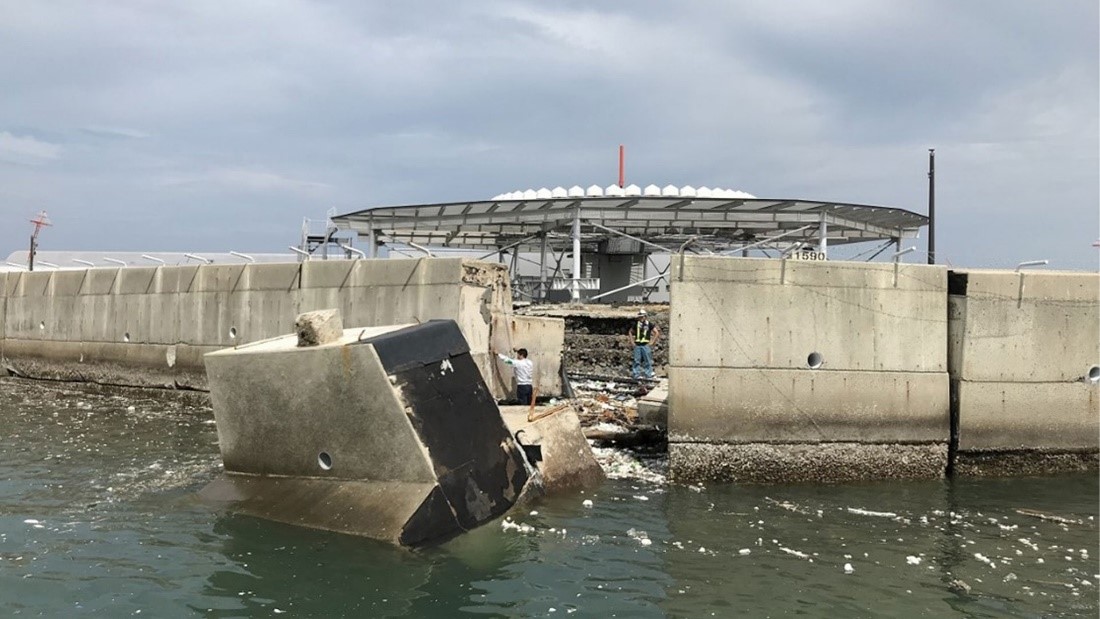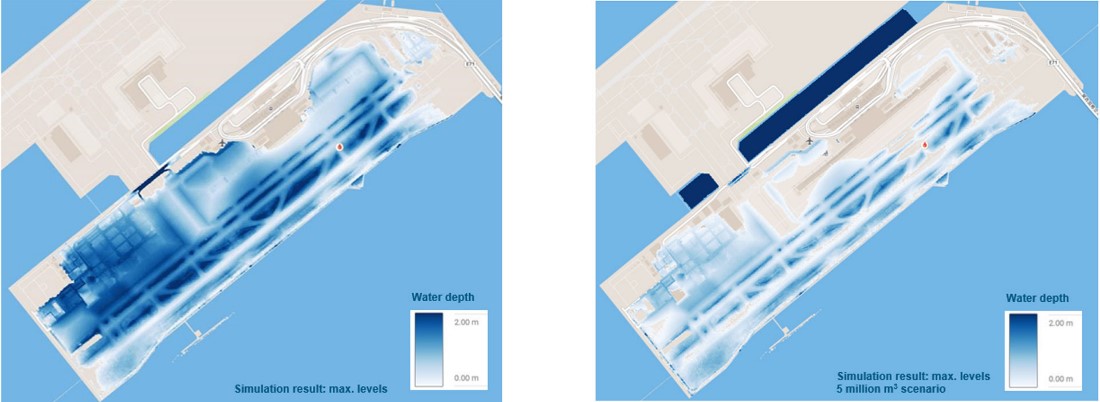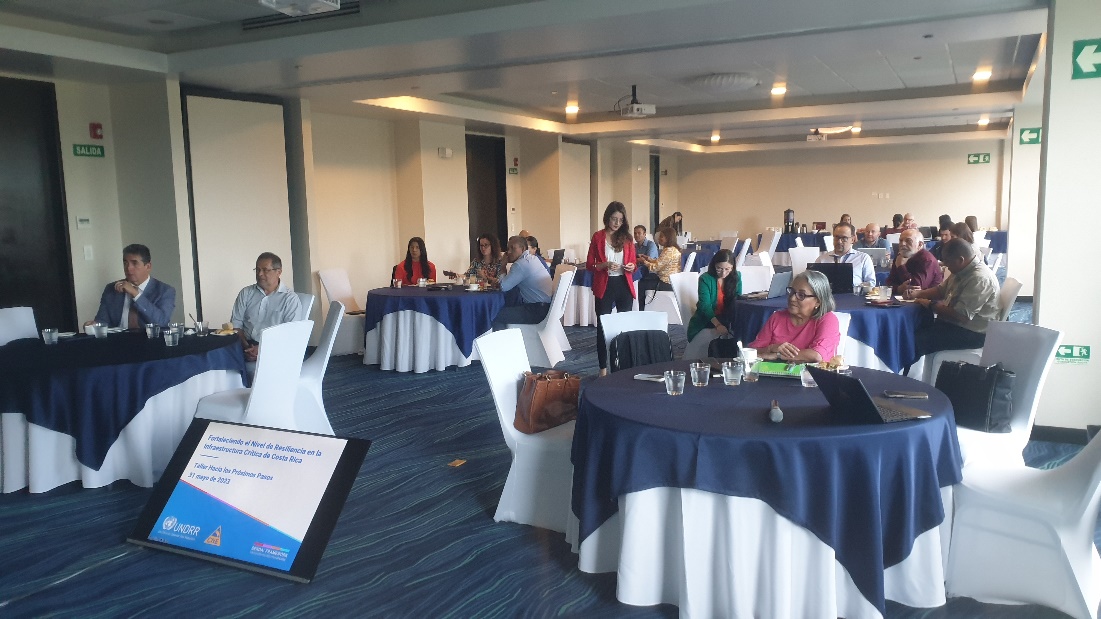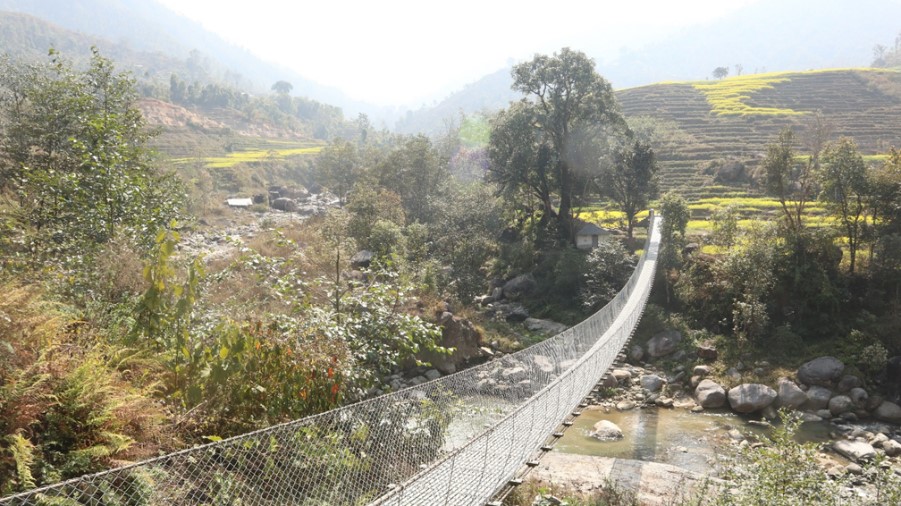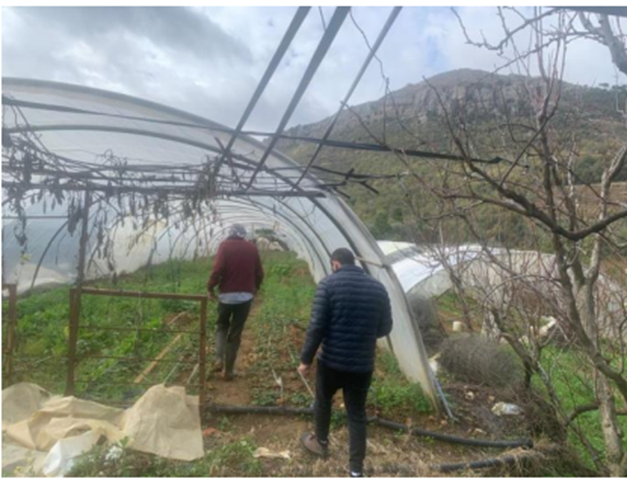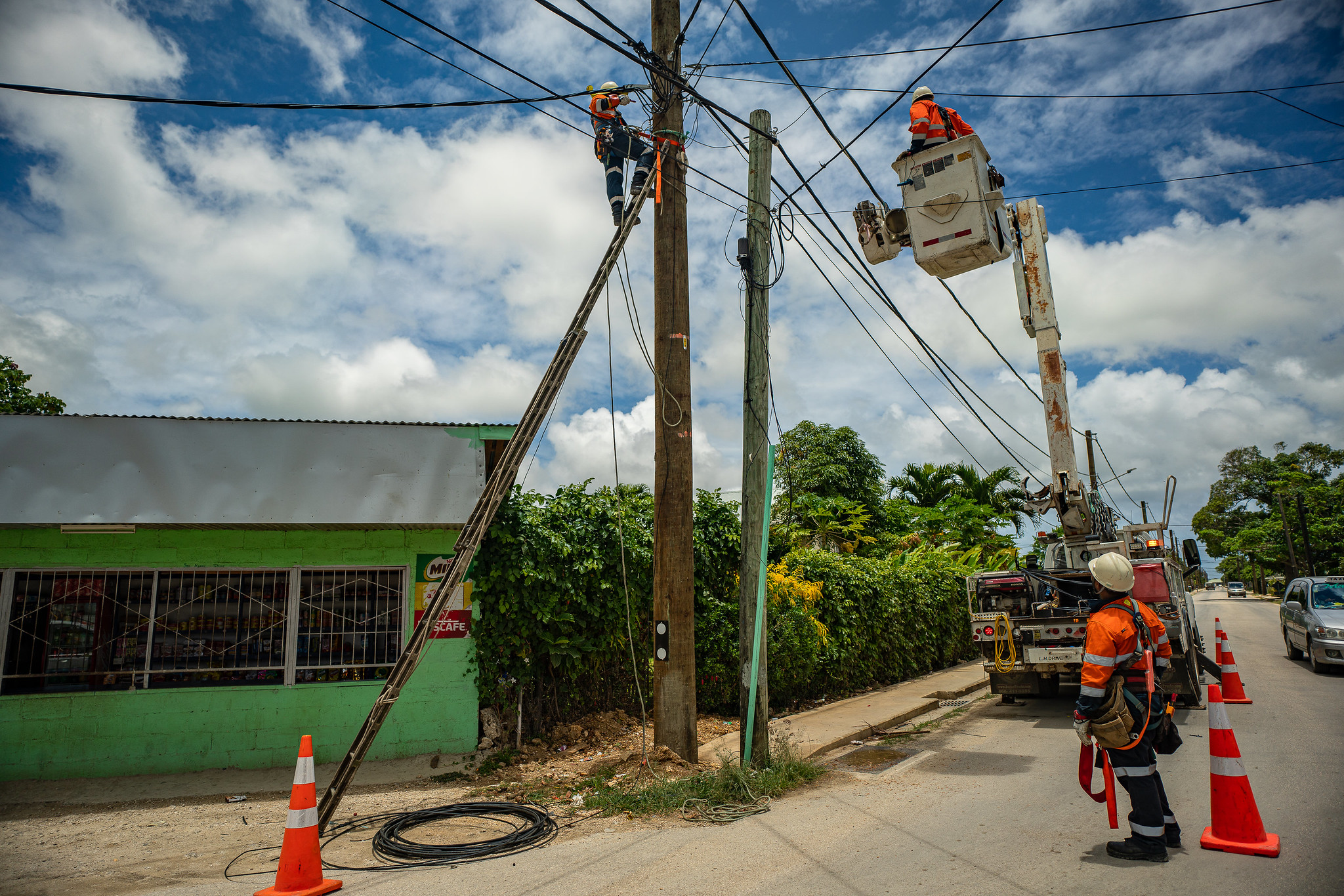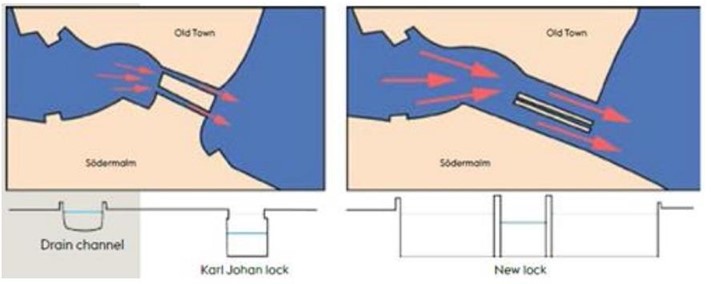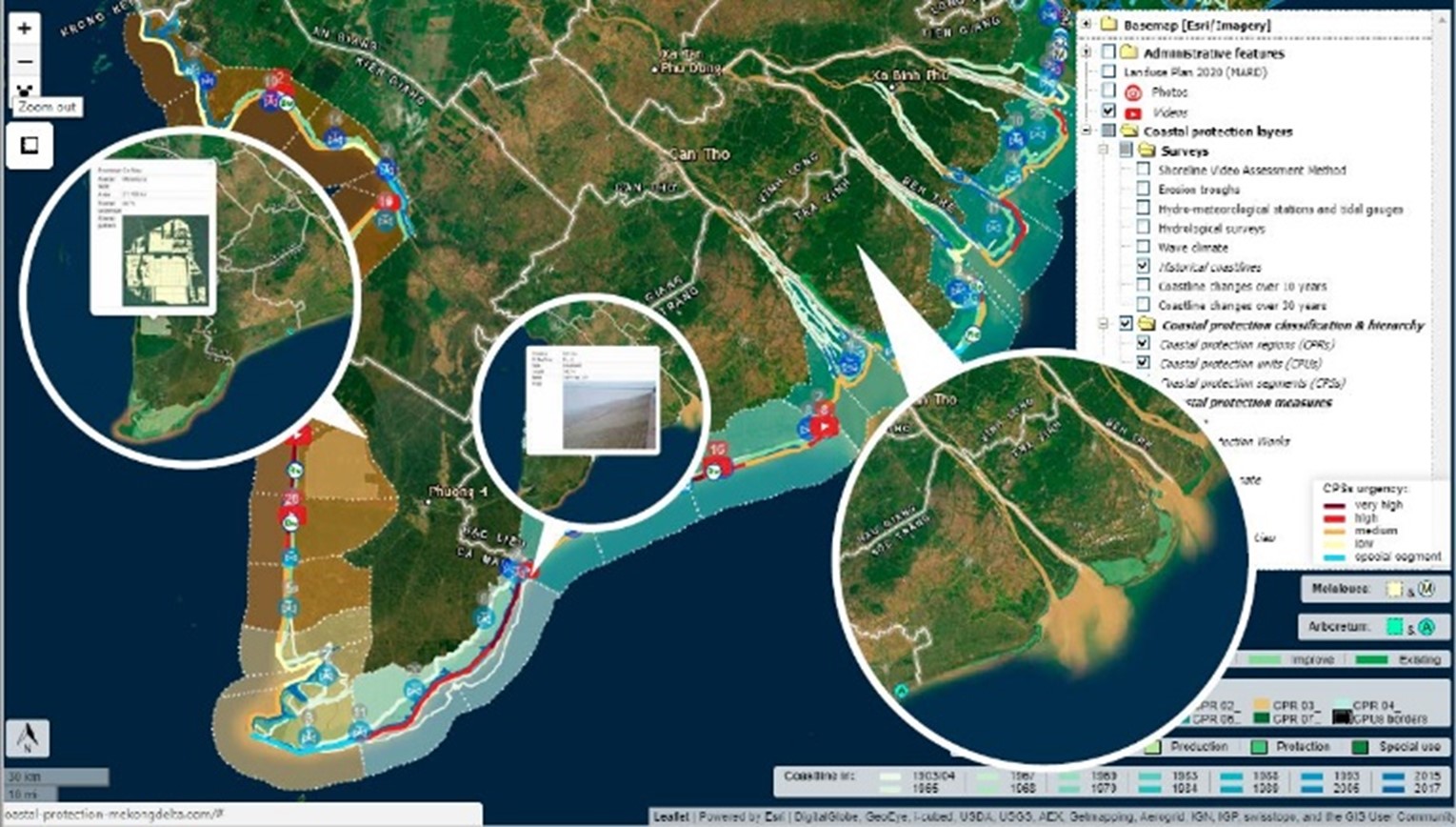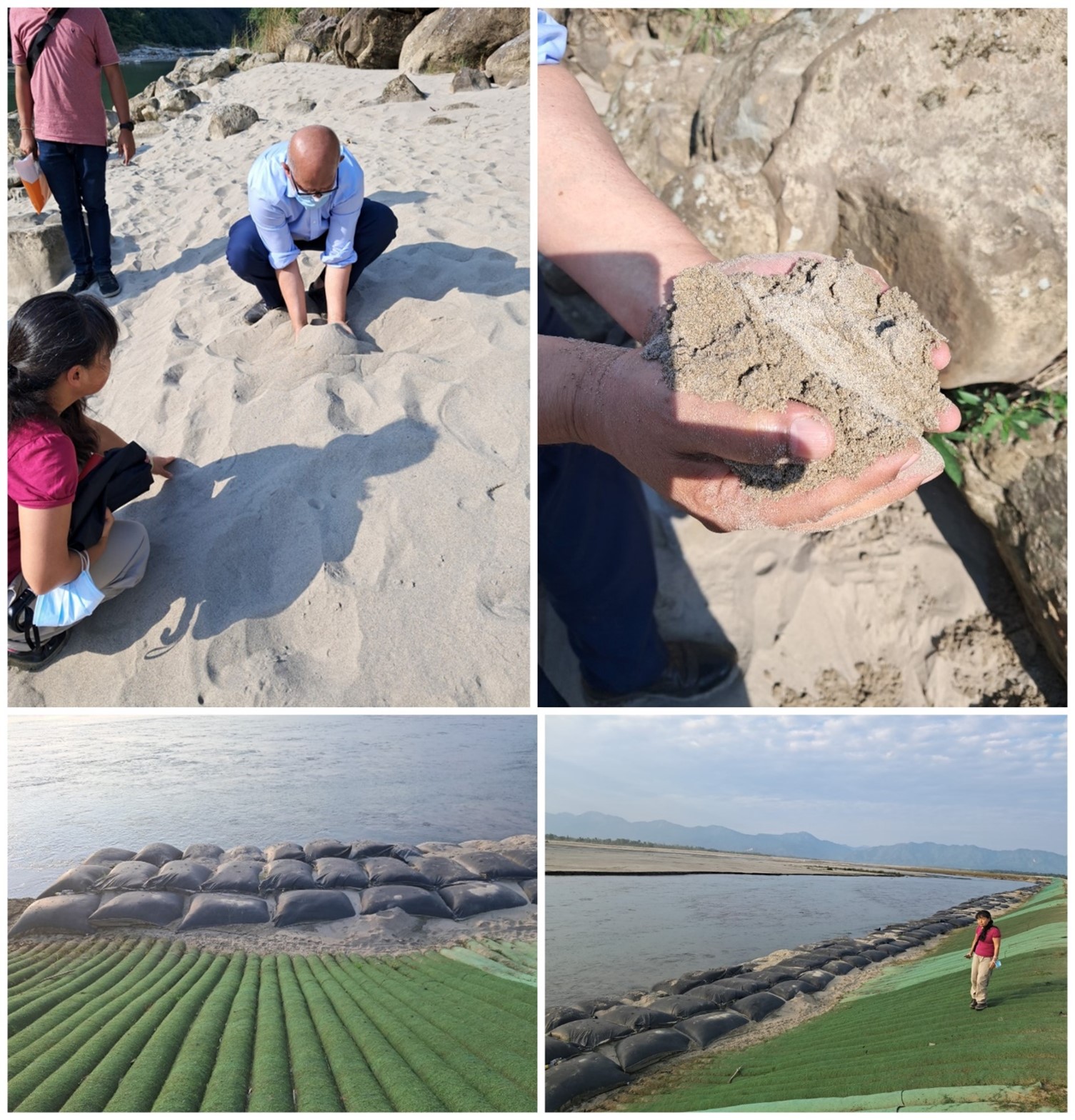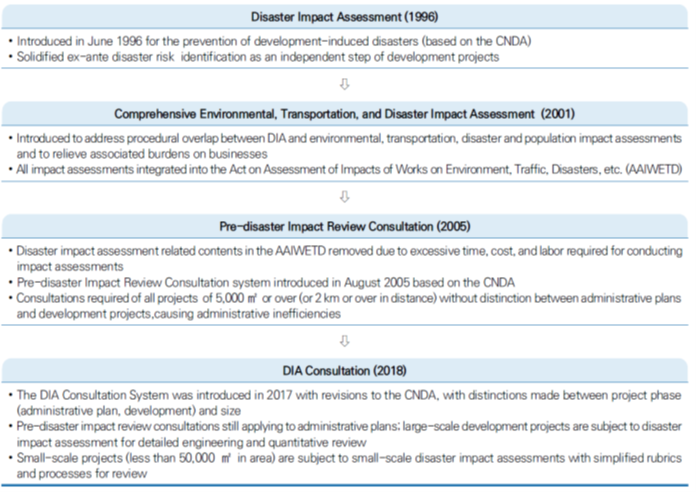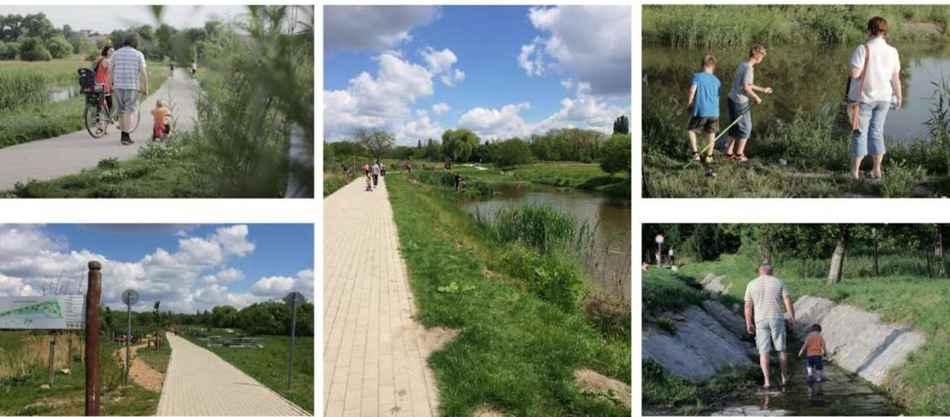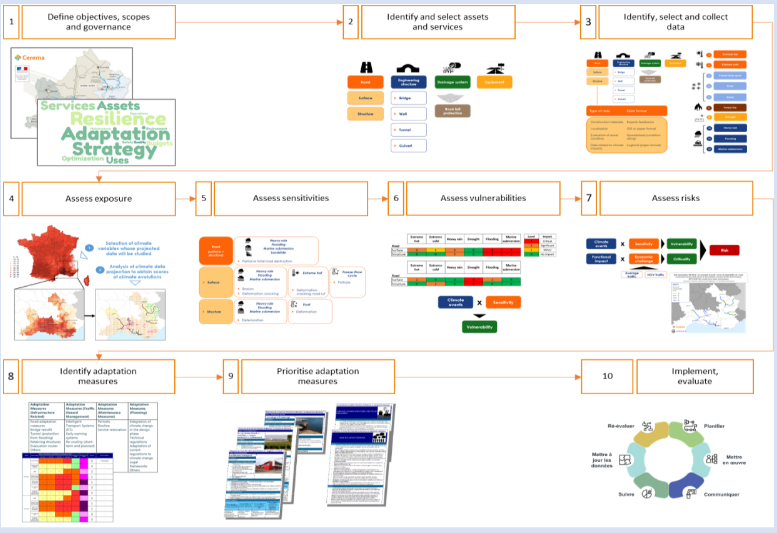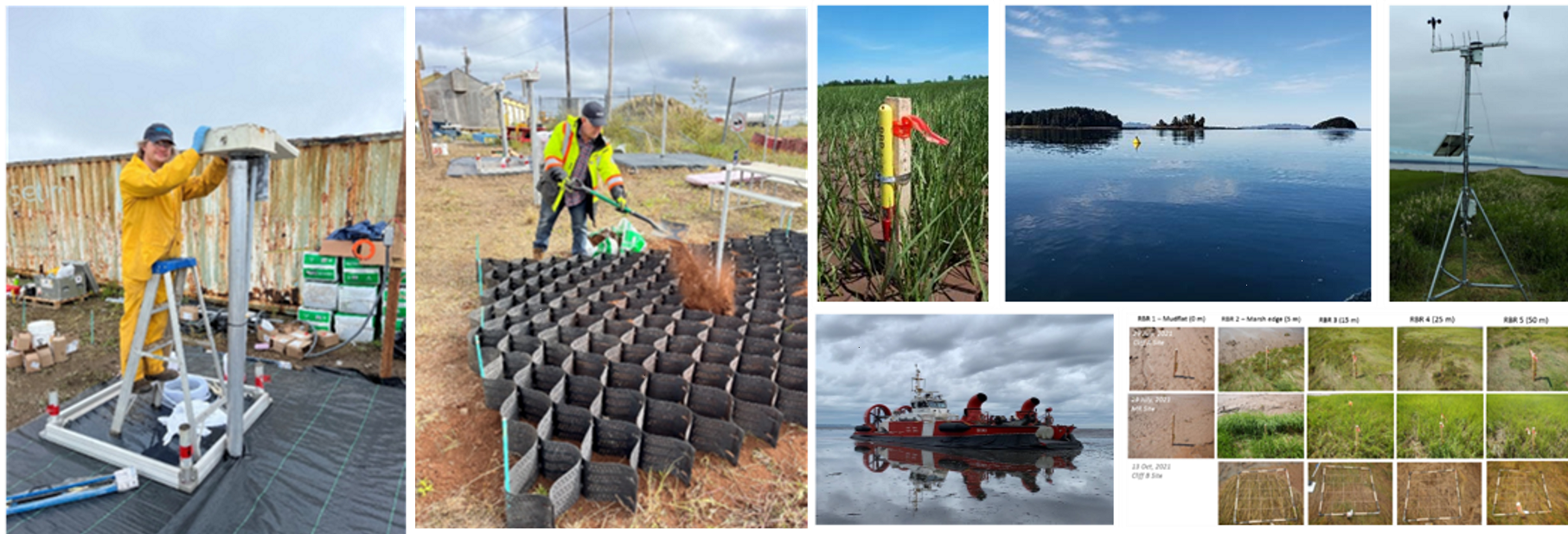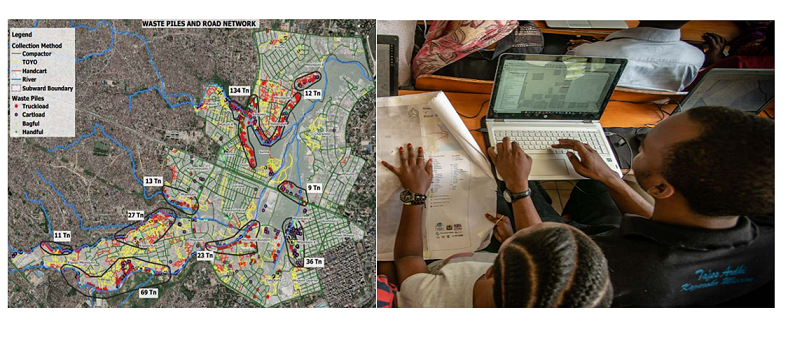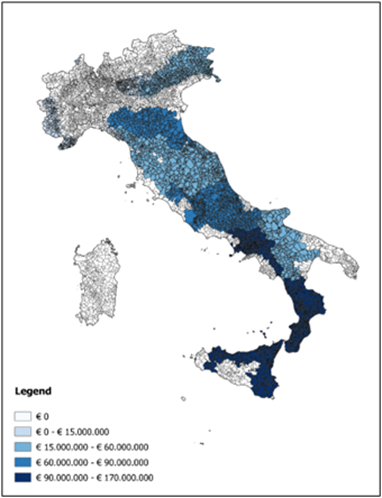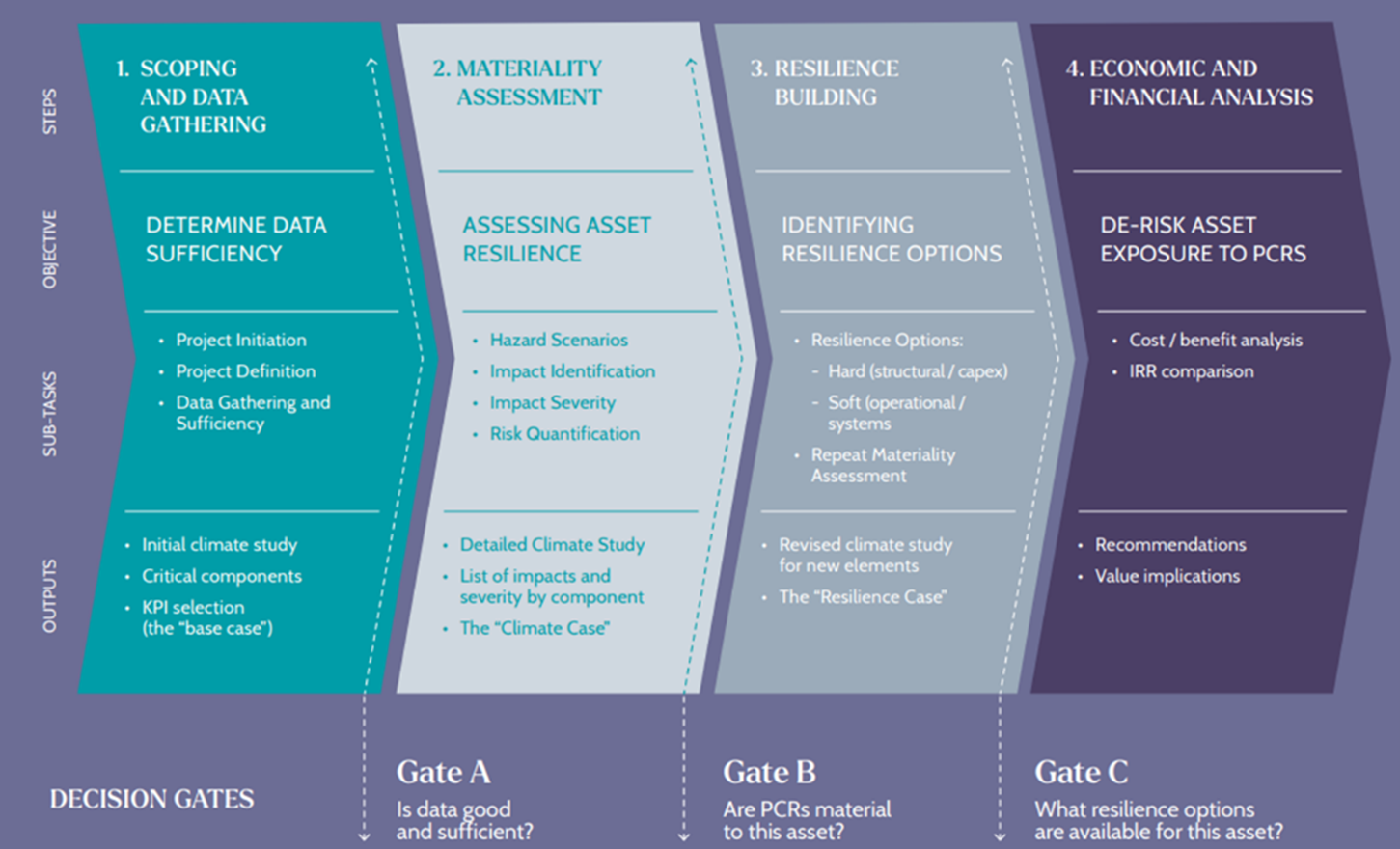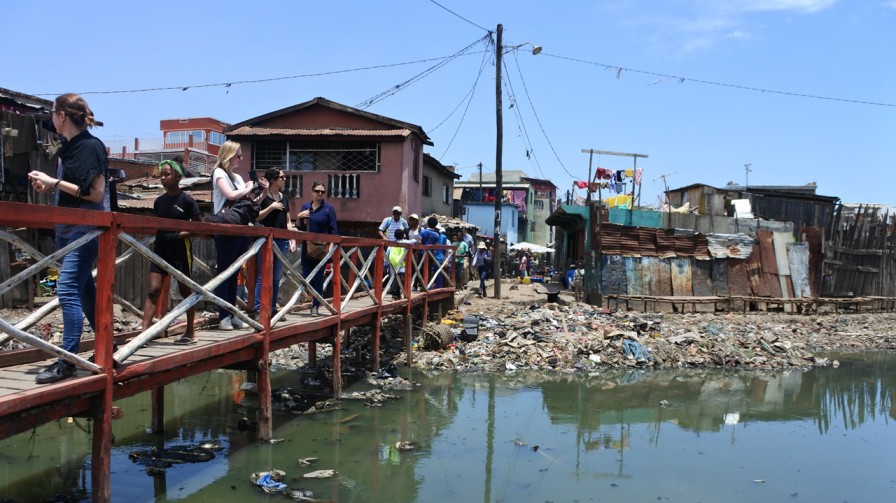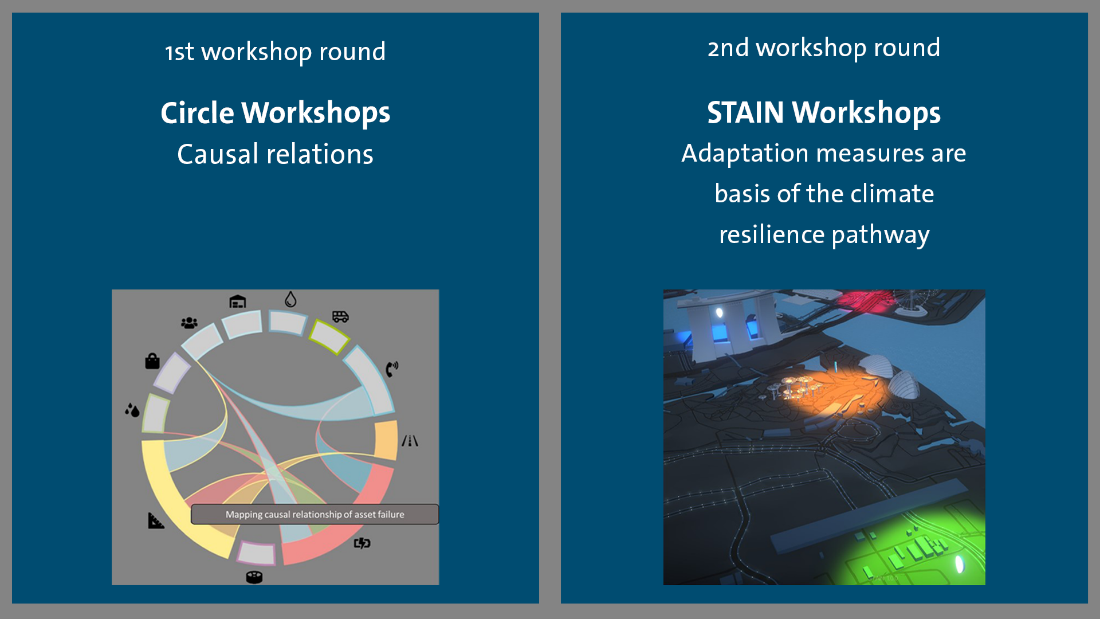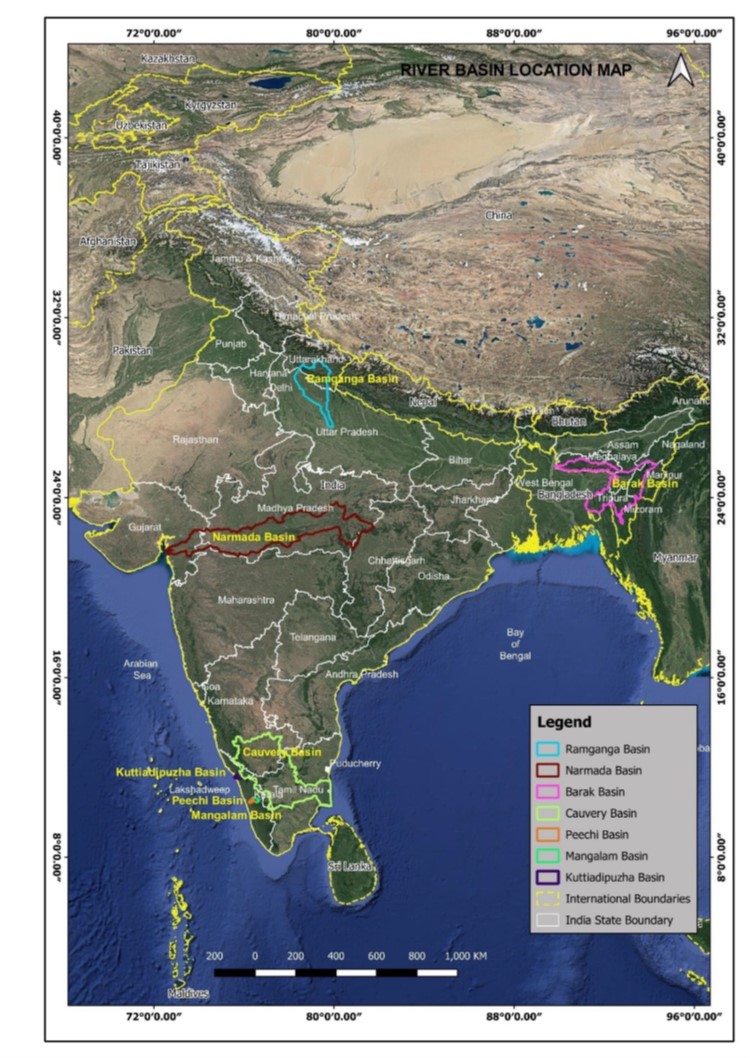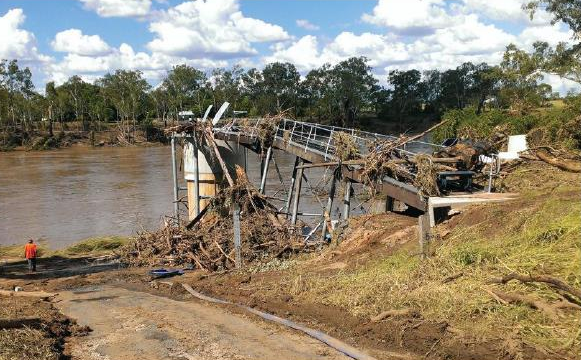 |
 |
 |
Improving Climate Resilience at Kansai International Airport
Introduction
The project was carried out for Kansai International Airport in Japan. The project included studying the impact of typhoons and similar disasters on the functioning of the airport.
In 2018, Kansai International Airport was brought to a two-week standstill due to the aftermath of a 1 in 25-year typhoon event. The operators of Kansai Airport decided to bolster their natural disaster mitigation by increasing institutional capacity building and adapt for faster post-disaster recovery by combining grey-green infrastructure. They set out three key goals:
- Anticipate the effects of climate disasters on the airport infrastructure and other critical assets.
- Develop a detailed mitigation plan that will increase the protection of passengers and staff members, critical assets, and priority areas.
- Reduce the impact of climate disaster by decreasing downtime of operations by initiating cost-effective adaptation measures, minimizing delays and negative influence on customer experience.
About the Initiative
Kansai Airport is built on reclaimed, low-lying land, making it susceptible to floods. The project team brought together a unique combination of domain expertise in airport planning along with water and flood resilience to deliver an effective, cost-efficient climate resilient solution which could be implemented smoothly.
The Circle Tool was used alongside Royal HaskoningDHV’s (RHDHV) Flood Simulation Tool, which was calibrated, in collaboration with Kansai Airport, to recreate the typhoon-induced flooding of 2018. This resulted in a precise simulation model that could explore the impacts of future climate event scenarios. The Circle Tool is a dynamic visual platform that maps all critical airport assets as segments that make up a circle – and shows inter-relatedness. Subsequently, the tool shows the cascading effect that a typhoon or similar flood disaster has on these assets. For example, showing that if the airport’s substations that power the water pumps were affected, it would result not only in the runway being flooded but also the switchgear rooms in the basement of the terminal which in turn would make the intercom system go down, affecting effective communication to passengers during the emergency.
Based on the output from the Circle Tool and consensus on critical assets amongst stakeholders, multiple mitigation options were tested within the Flood Simulation framework to provide the most optimal protection of critical airport infrastructure. Subsequently, various mitigation measures were created and narrowed down based on the criteria of enhanced climate resilience, time and cost-efficiency. Investment estimates were created for two final solutions while both of which promised to reduce airport downtime from the two weeks experienced in 2018, to two days.
Learning & Impact
The project team’s in-depth modelling and scientific expertise provided Kansai Airport with a clear vision on what assets were at risk, how that risk could be mitigated or avoided, and the investment and solutions required to do so. Additionally, insight and expertise, paired with strong stakeholder involvement, gave all the client and stakeholders an understanding of the airport assets in relation to climate resilience, helping them make improvements that will reduce their downtime during future climate events. Some notable outcomes were:
- Reducing climate-related downtime from two weeks to two days
- Increased protection of critical assets and priority areas
- Safeguarding passengers and staff during extreme weather
- Boosting stakeholder collaboration and understanding of flood scenarios
Furthermore, after choosing their preferred solution, the project team developed a phasing plan to ensure a smooth implementation that would minimize disruptions to ongoing airport operations, including delays and impacts on customer experience and commercial revenues.
Co-Benefits of the Initiative:
- Enhanced safety: Reducing the risk of damage, disruption, and potential harm during flooding events has improved flood resilience, the safety of passengers, staff, and infrastructure at the airport.
- Business continuity: The project will help ensure the continuity of airport operations even in the face of flooding. By implementing measures such as backup power systems, relocatable equipment, and emergency response plans, the airport will be able to maintain essential services, minimize downtime from two weeks to two days, and prevent significant financial losses during flood events.
- Reputation and stakeholder confidence: The project not only enhances an airport's reputation but also instills confidence among stakeholders, including airlines, passengers, and investors. The airport will be seen as reliable and capable of managing emergencies, attracting business, and maintaining positive relationships with stakeholders.
- Knowledge sharing and innovation: The project involved knowledge sharing, collaboration, and innovation. Other airports can exchange best practices, learn from experiences of Kansai International Airport, and contribute to the development of innovative flood mitigation strategies. This fosters continuous learning and drives advancements in airport flood resilience worldwide.
Implementation Challenges and Mitigation Strategies:
It was crucial to ensure that any potential solutions would need to safeguard both the continuity of airport operations and improve flood resilience. In approaching a solution, the project team sought to bring together stakeholders across various disciplines within the airport. By exploring the needs and requirements of each, they created a shared vision of what is necessary to serve the immediate needs of Kansai Airport today and the improvements required to safeguard it in the future. To enable and facilitate these conversations and collaborations, they employed the use of new digital platforms like the Circle Tool. The tool allowed them to communicate data and insights in a common visual language – cutting through the complexity to enable informed decision-making for the client, including generating insights into where to invest mitigation efforts.
Scalability:
By taking a long-term perspective towards disaster resilience for airports, airport operators can simultaneously work towards mitigation, adaptation, and resilience objectives to enable airports to ensure business continuity and contribute to a safe and comfortable passenger experience.
It is important to note that each airport's flood risk profile is influenced by factors such as geographic location, local climate conditions, and the effectiveness of flood prevention measures in place. Although the specific nature and magnitude of the risks may vary, the lessons learnt from this project can also be applied to other airports which are in low-lying areas and are prone to flooding, hurricanes, and heavy rainfall events. Lessons are also applicable to airports located in a coastal area likely to be susceptible to storm surge and sea-level rise.
